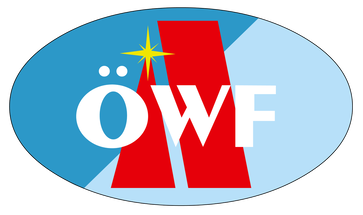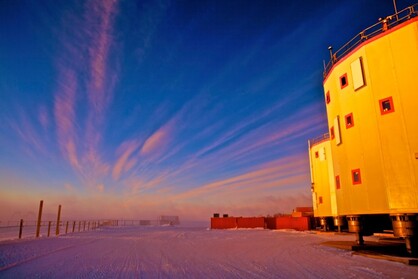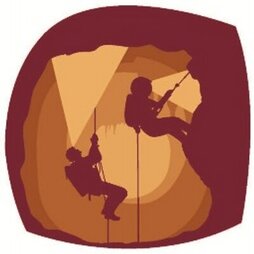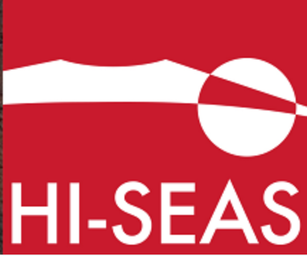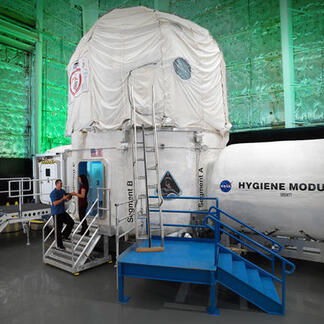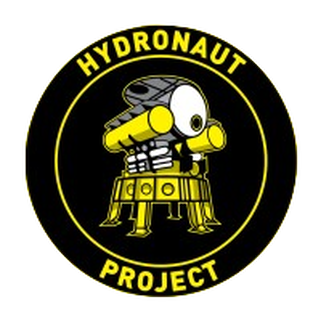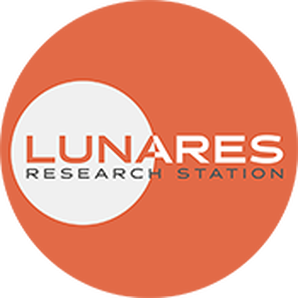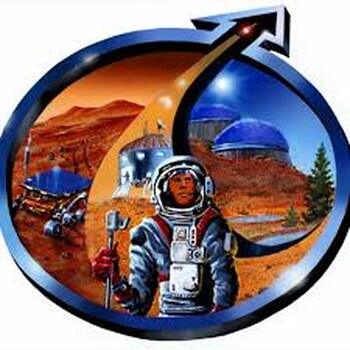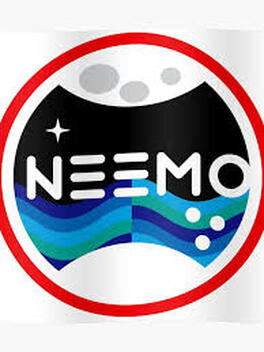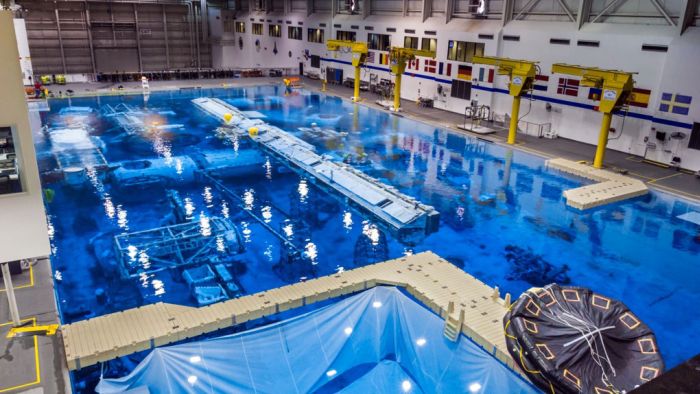ANALOG MISSION ORGANISATIONS
|
AUSTRIAN SPACE FORUM (OeWF)
The Austrian Space Forum is an active, cross-linked space association with a wide spectrum of topics – a true citizen science organisation. They have been conducting Mars analog missions for many years, with their most recent mission AMADEE24 taking place in MArch - April 2024 in Armenia. Twitter/X: @oewf Instagram: @oewf_org Website: oewf.org/en/ |
